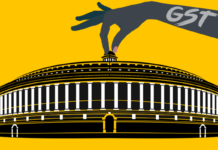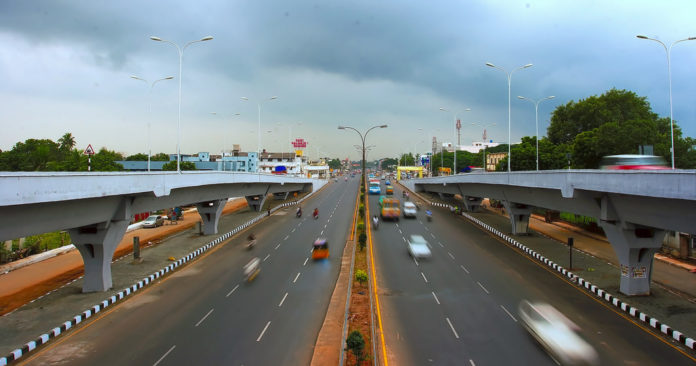On Wednesday, India created history as Lok Sabha released all the four bills for the launch of the GST (most awaited Goods and Service Tax (GST), Since Independence, its countries biggest tax reform. Different central taxes such as an additional excise duty, service tax, central excise duty and additional customs duty will be merged into one CGST. The GST will join India into a common market, removing a thread of central and state levies.
SGST includes state levies such as entertainment tax, VAT, luxury tax, sales tax, purchase tax, octroi and entry tax and mandi tax, etc. Basically the centre will charge the integrated GST and central GST, while the state only inflict the SGST. There are several countries who already implemented GST or other form of value added tax, but India and Canada is the closest with a dual structure. It is assumed that this tax procedure will increase government revenue and stimulate economic growth by 1-2 percentage points.
The GST structure includes four slabs like the new government have four slabs 12%, 5%, 28% and 18%. And there is no tax on important daily items such as wheat and rice, etc. The items for mass consumption like tea, spices, oil etc is proposed for the lowest tax rate that is 5%. For the manufacturing items and services, there will be two standard rates like 12% and 18%. To know more details, check details about the GST news and related to more news.























fgggg